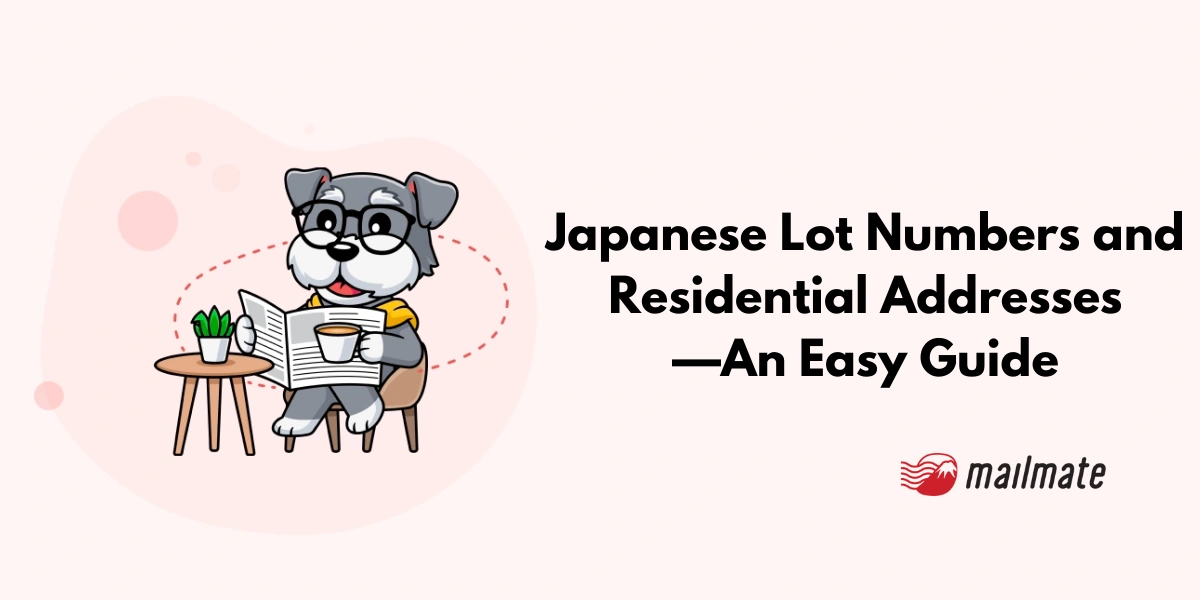Japanese Lot Numbers and Residential Addresses—An Easy Guide

Just bought land in Japan? If you are having trouble reading the Japanese address, don’t worry.
Japan has two location identifications: lot number and residential address.
Each has a specific purpose, which will be explained if you continue to read on.
Why does Japan have two location identifications?
Japan’s two location identifiers are:
地番 (chiban): land plot numbers
住居表示 (jūkyo hyōji): residential addresses
This dual address system came from historical and administrative needs before as it was part of the legal framework and property record keeping.
However, as cities started to form, lot numbers became harder to help identify specific buildings, especially if there were multiple. Thus, residential addresses came into existence.
Both are still used today, with their own purposes.
What is a Japanese lot number?
A land plot number is assigned to a piece of land in Japan and is used for legal and registration purposes.

Lot number example | Translated from Home4U
It identifies specific land lots within the national land registry and helps maintain ownership records. This number is essential for legal documents, tax records, and property transactions.
You’ll see land lot numbers as [__番地__].

Land plot explained | City Nagoya
Depending on the land plot size, you can have multiple buildings with the same number.
What is a Japanese residential address?
A Japanese residential address is the address system in Japan that post services use, and it is on your zairyu card.

Residence address example | Translated from Home4U
The address is based on a system that consists of:
Town names.
Block numbers.
Building numbers, also called residence number.
The purpose of this format is to make it easier to find buildings, especially for those in the city, for mail delivery, emergency services, and navigation.

Residence explained | City Nagoya
So, residential addresses are for individual buildings, not the piece of land.
However, not all areas in Japan follow this system; some regions, such as Kyoto, still rely heavily on traditional land plot numbers.
Land lot number vs residential address
The main difference between lot numbers and residential addressee in Japan is their purpose:
|
Purpose: |
|---|---|
Land lot number |
For legal records, property registration, and taxation |
Residential address |
For postal delivery, navigation, and general identification |
In closing
Understanding lot numbers and residential addresses in Japan will help you understand Japanese property ownership and location.
Thankfully, Japan Post and local authorities are well-versed in distinguishing between the two systems, so your mail and government notices will always be delivered to you.
Spending too long figuring out your Japanese mail?
Virtual mail + translation services start at 3800 per month. 30-day money-back guarantee.

